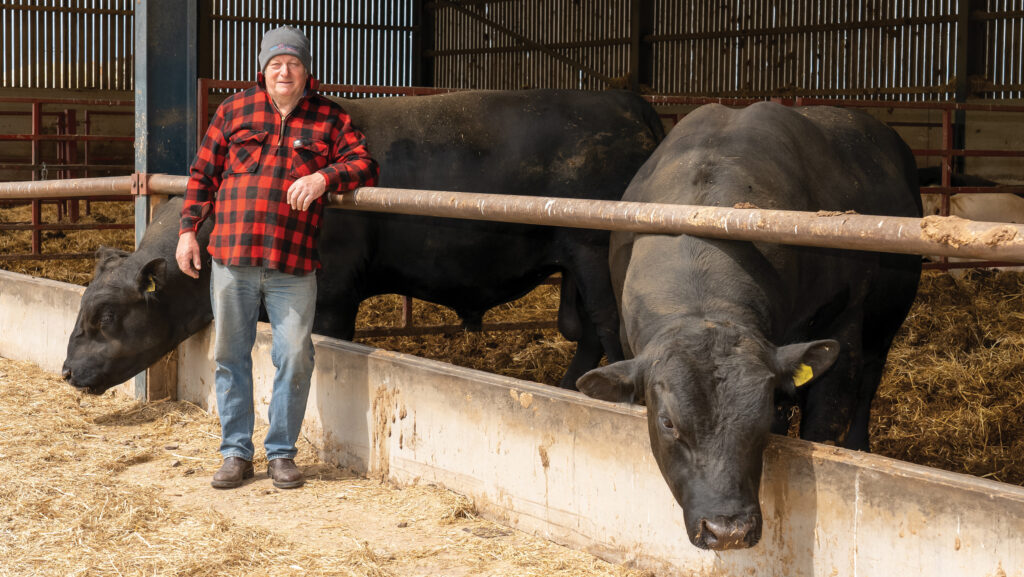Farmer Focus: Cow body condition picking up on autumn grass
 James Playfair-Hannay © Angus Findlay
James Playfair-Hannay © Angus Findlay Since my last article, we have had the Stirling bull sales, and the Highland Wagyu/Netherton production sale, where I purchased a cow.
She is from an imported New Zealand family and I’m hopeful that she will contribute to our breeding programme.
See also: Why Angus breeder prioritises health and forage-only diets
However, I do wonder where some Aberdeen Angus breeders are heading. The Aberdeen Angus breed is renowned globally for producing high-quality beef from grass.
Yet, to my mind, many of the bulls put forward in Stirling this autumn will not produce progeny suitable for grazing systems.
They do not have the depth of body or spring of rib to efficiently utilise forage.
Weaning went relatively well, with calf weights within 5kg of last year’s weights, which is remarkable, given the summer we had.
We have housed the bull calves destined for the bull beef market; the rest are still outside. Pneumonia is causing concerns with this unseasonal mild, muggy weather.
Our average cow weight has dropped from 736kg last year to 665kg this year, with first and second calvers being noticeably lower than normal weights.
However, we will have to monitor body condition carefully. Even on the hill there is good grass and the cows appear to be picking up in condition at this stage.
It looks like we will have enough forage to see us through till next spring.
Conception rates have been mixed from our 10-week service period this year: we had 13 empties out of 100 heifers put to the bull, which was disappointing.
Meanwhile, 25 cows were empties from the 353 put to the bull, making an overall rate of 8.5% not in-calf. With 12 sets of twins, this gives us a potential 94% calf crop. Fingers very firmly crossed.
All in all, I think that we must be satisfied with these results, considering the summer we have had and the lack of available grass.
Fortunately, the value of cull cows is tremendous, and certainly a huge change from the days of bovine spongiform encephalopathy.
It has certainly been a case of “up horn, down corn”: autumn sales of cattle have been very strong, while grain may well be cheap this year. But next year, or the year after?
One farm I visited recently only harvested 50% of normal tonnage this year because of the dry summer. We have to remain optimistic.

